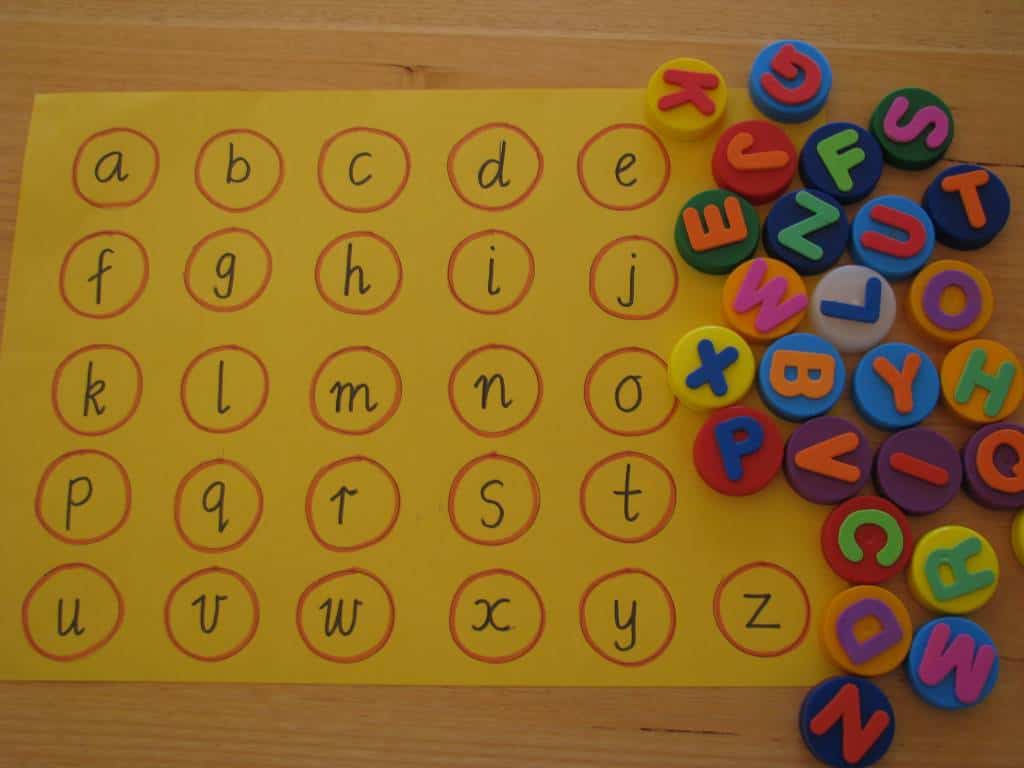Learning Outcome: 2.3
Describe the influence of perceptual-sensorial, memory, representational-symbolic & communicative-linguistic thinking on young children's literary & numerical learning & development, through sourcing further information; developing &/or collecting resources for literary & numerical teaching & learning
Since commencing my education placement in the
Kindergarten at the beginning of this year, I have been collecting bottle caps
from all my drink and milk cartons to use for activities with the children. By
August I had managed to collect almost 300 bottle caps. I had planned to do
several activities with the bottle caps: from creating bottle-top animals, to making
number/alphabet stamps, and matching the letters/shapes/numbers on the caps to
the corresponding letters/shapes/numbers on paper.
I have collected some instructional activities on
Pinterest, based around my original bottle cap ideas. Below are some of
the activities I have implemented in my programming, which encourage the
development of literacy and numeracy for the children at the Kindergarten.
The first activity is stamping with
number stamps.
These number stamps, which could also
be letters or shapes, make learning your numbers fun and creative for children as
they can make endless paintings of number, letter or shape prints and
sing-a-long as they learn and play! A bonus also with this activity is that the
stamps are low cost, require very little materials, time effective and are
super easy to make; which I am all for with my teaching as an educator!
For the number stamp activity
we need paint, sponges, 10 milk bottle tops, PVA craft glue, paper, clean meat
trays and foam numbers. The foam numbers can be purchased from a craft store.
Glue one side down onto the flat part of the bottle top to show the numbers
reversed. The numbers need to be reversed because when you turn the
stamps face down to stamp they will appear the correct way. Also place
the numbers on the inside of the bottle top to demonstrate to the children the
correct way to hold the stamps when using them.
Exploring the number stamps in their
own individual ways: children explore and experiment different patterns
with the numbers and colours of paint. They can also create new numbers by joining
two of the number stamps together and counting onwards from 10. While
engaging in the activity singing can also be implemented to promote further
learning and memory of the numbers as the children stamp them into paint
and onto their paper.
♪ Put a ‘five’ over here and a ‘six’
over there
Put a ‘four over here and a ‘two’
over there
There are lots of different numbers
everywhere, everywhere
It’s a numbers kind of day! ♫
The bottle caps are the perfect size
and shape for little fingers to grip and pick up.

The alphabet matching activity requires 26 bottle tops, a large sheet of paper, coloured makers and foam letters. Like the numbers, these foam letters can be bought from the local craft shop. Trace around the bottle tops onto the paper and write the lower case alphabet letters inside the circles. The foam letters are upper case and the letters written on the paper are lowers case, with the aim to match the two letters together, Aa, Bb, Cc, etc.
As an educator I would use these
activities as I have seen first-hand the evidence towards the benefits children
gain from these sorts of tasks. I would set it up as a free play activity in
the kindergarten setting; an area for the children to come and go as they
please, when they are interested and curious to explore and experiment in a
different manner with letters, numbers and shapes. The use of bright colours makes it inviting
and fun for children to learn their numbers,
shapes and alphabet letters.
There are many benefits with the
number stamps; they are so much fun and while kids are having fun they are also
unintentionally learning and developing skills at the same time. With the
number stamps children become familiar with the shape of numbers, and also
begin to name and memorise numbers. Similarly, with alphabet or shape
stamps, children gain knowledge and awareness of letters and the sounds and
shapes of the letters as they are match with the symbols, and recognition of
shapes, numbers of sides, etc. The alphabet matching activity also strongly
benefits children’s literacy development. Like the stamp activity, children can
become familiar with the shape of letters, and also begin to sounds
and memorise each letter in uppercase and lowercase.







No comments:
Post a Comment